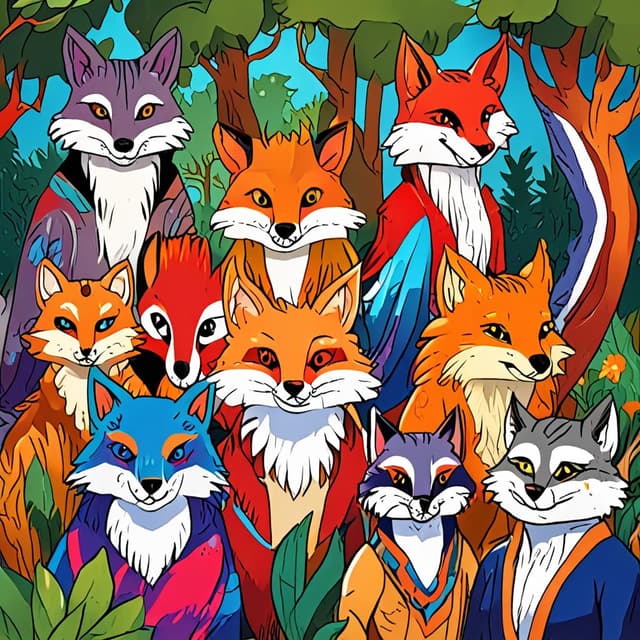
| Focus | Nature-inspired fantasy beings • Rejection of mainstream commercialism |
| Origin | 1950s-1960s |
| Challenges | Persistent marginalization from the cultural mainstream |
| Key Aspects | Artistic works celebrating the natural world and spirituality • Anthropomorphic animal characters • Influence on science fiction, fantasy, and environmentalist movements |
"Furry" is a term used to describe a diverse subculture centered around a fondness for fantastical, nature-inspired beings with human-like attributes. Emerging in the mid-20th century as a counterculture movement, the "furry" ethos and aesthetic has had a lasting impact on speculative fiction, environmental activism, and contemporary art and media.
The origins of the furry phenomenon can be traced back to the 1950s and 1960s, when a number of science fiction and fantasy authors began creating works featuring humanized, anthropomorphized animals and other non-human creatures. Writers like Fritz Leiber, Andre Norton, and Ursula K. Le Guin incorporated these "furry" beings into their speculative fiction, often as a means of exploring themes of nature, spirituality, and the human condition.
Concurrently, a grassroots community of artists, enthusiasts, and nature-lovers began gathering to share their own creative works inspired by these fantastical beings. Meeting at fan conventions, publishing fanzines, and networking through early computer bulletin board systems, this loose collective established the foundations of what would become the furry subculture.
As the furry phenomenon grew through the 1960s and 1970s, it became increasingly intertwined with the broader counterculture movements of the era. Furry fans and artists often embraced an anti-commercial, environmentalist ethos, rejecting the mass-produced, consumerist aesthetics of mainstream media in favor of hand-crafted, nature-inspired works.
The furry community positioned its fantastical beings as emblems of harmony with the natural world, in contrast to the perceived alienation and exploitation of nature by corporate capitalist interests. Furry conventions, publications, and creative projects actively promoted ecological awareness and activism, making the subculture an important part of the environmental movement.
The furry sensibility had a profound impact on the development of speculative fiction, fantasy, and science fiction in the latter half of the 20th century. Many renowned authors associated with the "New Wave" of science fiction, including Harlan Ellison, Samuel R. Delany, and Joanna Russ, incorporated furry themes and imagery into their works.
Similarly, the furry subculture nurtured a vibrant artistic scene, with painters, illustrators, sculptors, and other visual artists creating a vast body of work depicting anthropomorphic creatures and fantastical nature spirits. This artistic output, often disseminated through small-press zines and independent galleries, influenced the aesthetics of fantasy and sci-fi media.
Despite its cultural influence, the furry subculture faced persistent stigma and marginalization from the mainstream. The whimsical, nature-focused nature of furry art and literature was often dismissed as childish or trivial, while the community's embrace of the non-human, the spiritual, and the anti-commercial was seen as radical and threatening.
Furry fans and creators were frequently targets of moral panic, with accusations of perversion, mental illness, and even criminality being leveled against the subculture. This marginalization drove many furries further towards insular, close-knit gatherings and publications, reinforcing the counterculture aspects of the movement.
While the furry subculture never achieved widespread acceptance, its influence can be felt in numerous areas of contemporary culture. The fantasy beings, mythological creatures, and nature spirits that are now ubiquitous in science fiction, fantasy, and even superhero narratives owe a significant debt to the pioneering work of furry artists and writers.
Moreover, the furry community's emphasis on environmentalism, anti-commercialism, and spiritual connection to the natural world continues to resonate with emerging social and political movements. The furry ethos of celebrating the non-human, the fantastical, and the marginal has proven to be an enduring, if often unacknowledged, force in shaping modern creative expression and cultural discourse.